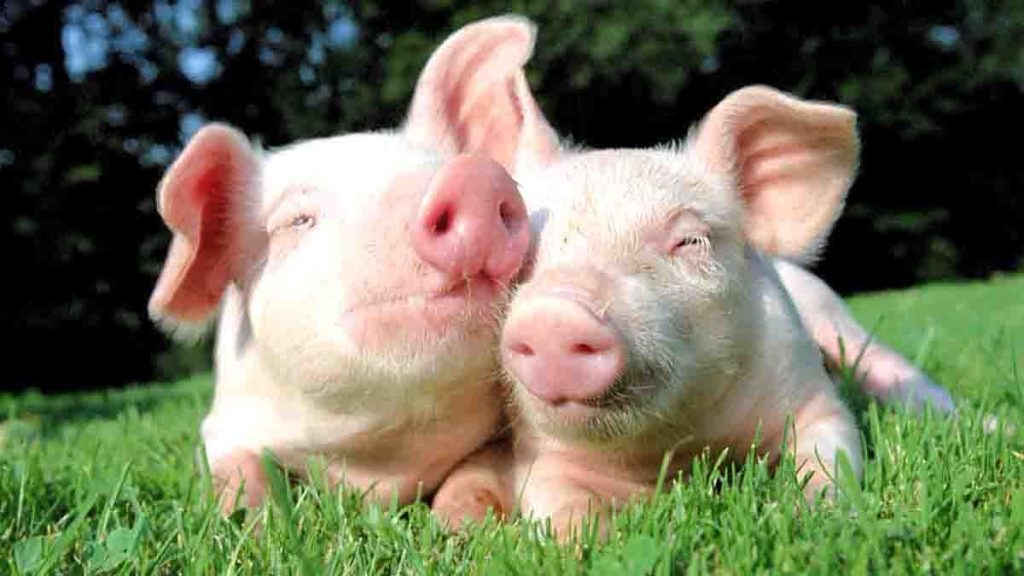Reading an investigation by Charles Darwin about insects I found that many of their rituals, when they are in mating season, are very similar to human behavior. So I dared to make a #sinrecato comparison between these two worlds.
Competition: there are many ways to compete for access to females and, therefore, copulate with them. One way is to fight directly with other males, that’s why some of them have horns, stingers, spurs, as well as a large body size to have an advantage in the battles.
And here goes my first approach, the behavior is similar. Men (males) compete with others to reach the best woman (female) and of course, they do not do it with spikes or spurs, they do it with all the resources that their human condition gives them; exhibiting their physical attributes, exposing their personality and charm and showing their role of “male” provider.
Selection: when females are very scarce, as occurs in some species of beetles or bees, males have special structures such as long antennae to detect and find them, they also develop a greater visual acuity or ability to move faster, so they will have a higher chance to mate with them than those who move less or do not have the ability to detect females at long distances.
When a man finds “the woman of his life” he does everything divine and human to be with her. There is no obstacle. It doesn’t matter if he lives far away, he even travels by donkey, he moves around to see her and be with her.
Girl power: females choose males for a variety of characteristics. Some butterflies, beetles or bees have bright colors or shiny bodies. Biologists have suggested that this is a way of showing that they are healthier and also proving that they have healthy offspring. Another characteristic that females evaluate in males is the size of their body or some of their parts such as antennae, eyes or often exaggerated structures.
Women (females) attract men (males) in a thousand ways: a pretty face, a harmonious body and a brilliant mind is the ideal type, the perfect balance of appearance and intelligence is what attracts and makes men and women fall in love. Women (females) of course evaluate the size of the “males”, in this age no one compares the penis with the size of the shoe.
Perfect chemistry: in insects there are many ways to attract a female. The most common one is chemical attraction through the release of pheromones, followed by a variety of displays such as dances, antennae or leg movements to attract their attention. They also court with tactile stimulation, sounds or songs and even flashes of light. These rituals can last for several hours or days.
Like humans, without chemistry, there is no empathy or feeling. They can be attractive, pleasant and even interesting, but if there is no emotion involved, there is nothing to do. It is that attraction you feel for each other that you don’t know how to explain.
Appearances can be deceiving: some males may court females by giving them gifts before or during copulation. However, these gifts can be traps. An example of this is the dancer fly, where males literally “take the females to dance” and offer them a silk cocoon that contains no prey inside.
In fruit flies, substances transmitted in the ejaculate (called accessory gland products) act as antiaphrodisiac agents and dull their sexual receptivity. Contrary to male crickets, which during copulation emit nutritional substances for the females.
As in life itself, sometimes expensive gifts have an implicit message: give something in return. Many people pretend what they are not, have a behavior or a personality very different from what they really are and do it during the courting period to please the other and get what they want. It applies to men and women, without exception.
Sexual suicide: young queen bees make a mating flight when drones are at the end of their lives. When the bees are beginning their reproductive process, one week they leave the hive to mate with a dozen drones; the drones then stick their endophallus into the queen. The male then commits “sexual suicide”, as he dies once he has inseminated the female.
Just as it happens when “senior males” date young girls and can’t stand the voltage and end up like drones, they pass away or end up penniless.
As time passes by there is more and more scientific evidence of how complex and interesting the sexual behavior of insects can be. Showing the intimacy of these beings also allows us to understand evolutionary processes in other animals and the reason why insects are the most abundant taxonomic group on our planet.
Traducción del español: Catalina Oviedo Brugés.















